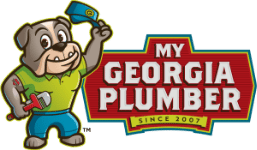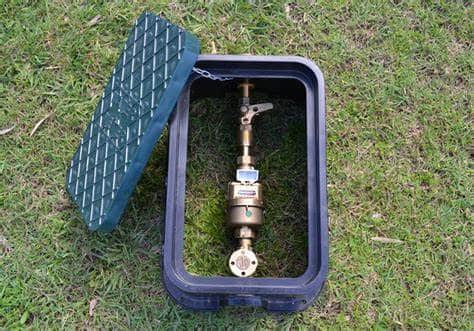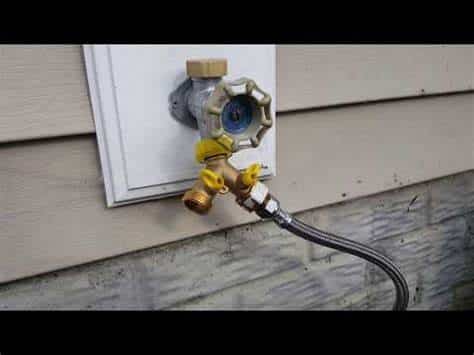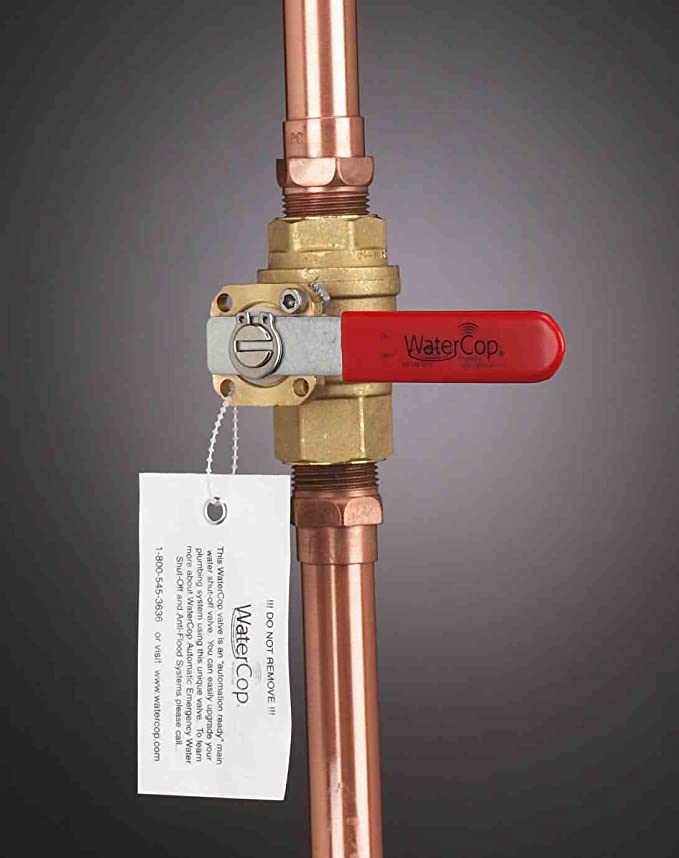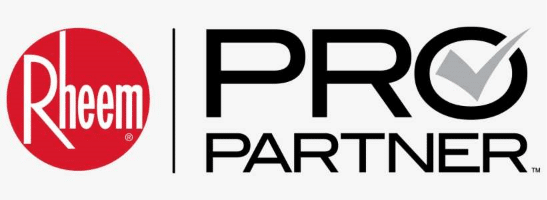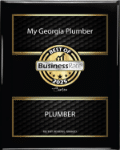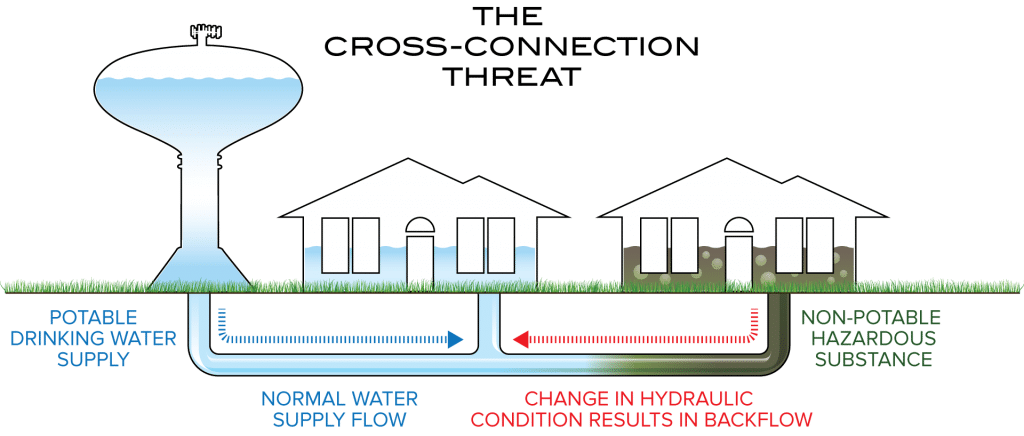
You probably don’t think much about what happens after you turn off the tap. And honestly? You shouldn’t have to—unless the water starts flowing the wrong way. That’s what we call backflow, and yes, it can get gross.
At My Georgia Plumber, we’ve seen firsthand how a simple oversight can lead to big problems. Let’s walk you through what backflow is, how it happens, and what to do about it—before you end up with garden hose runoff in your kitchen sink.
Backflow, Explained (Without the Plumbing Jargon)
Backflow is exactly what it sounds like—water moving backward through your pipes. Instead of flowing cleanly out to your showerhead or faucet, it reverses course and pulls contaminants with it.
That can mean anything from lawn chemicals, pool water, or even sewage getting sucked into your drinking water lines. It’s not just unpleasant—it’s a serious health hazard.
So What Causes Backflow, Anyway?
There are a few usual suspects. Here’s what we look for on service calls:
1. Cross-Connections
This happens when a clean water line accidentally connects with a dirty one. Think of a garden hose left sitting in a muddy puddle. Without a backflow preventer, the change in pressure could pull that murky mess into your home’s water supply.
2. Pressure Drops (Backsiphonage)
If a fire hydrant opens nearby or a main water line breaks, it can cause a sudden drop in water pressure. This vacuum effect can “suck” contaminated water backward into your pipes.
3. Backpressure
This occurs when something downstream (like a pump or elevated tank) pushes water in the opposite direction. It’s rare in homes but can happen with certain sprinkler systems or pressure-assist toilets.
How Do You Stop Backflow? (Hint: You Don’t. But We Do.)
That’s where backflow prevention devices come in. These gadgets are small but mighty—and in many cases, required by plumbing code.
Here are the big players:
-
Air Gaps – A literal physical space between the faucet and sink basin. No contact = no contamination.
-
Check Valves (Double Check Assemblies) – Simple one-way valves that keep the water moving in the right direction.
-
Reduced Pressure Zone Devices (RPZ) – The heavy-duty option for commercial or high-risk setups. They dump the contaminated water before it can sneak back in.
Why This Matters for Your Family
We’re not just talking about gross water. Backflow can introduce bacteria, pesticides, cleaning chemicals, or even waste into your home’s drinking water. That’s not just unpleasant—it can be downright dangerous.
With the right setup, you’ll:
✔️ Keep your family safe from waterborne illnesses
✔️ Meet all local building and plumbing codes
✔️ Protect your irrigation system and appliances
✔️ Avoid fines, failures, or expensive remediation later
